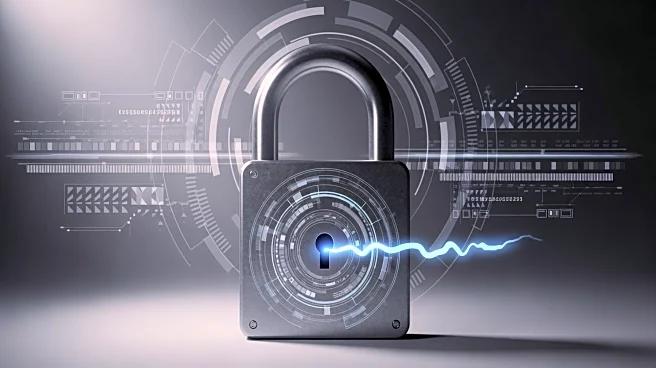What's Happening?
Federal agencies are increasingly adopting 5G technology to modernize operations, improve service delivery, and enhance national security. While 4G LTE remains the dominant wireless standard, 5G offers significant advantages in terms of performance, scalability,
and security. The U.S. Department of Defense has invested over $1.85 billion since 2020 in 5G development for applications such as smart warehousing and augmented reality training. The technology supports real-time decision-making, cloud and edge computing, and cyber readiness, aligning with federal zero-trust mandates. Enhanced security protocols in 5G, including stronger encryption and network slicing, address cybersecurity concerns, a top priority for federal CIOs.
Why It's Important?
The transition to 5G is crucial for federal agencies to meet the growing demands for data-driven decision-making and secure mobile operations. As agencies face challenges with aging infrastructure and resource constraints, 5G provides the necessary tools to overcome these hurdles. The technology's ability to support secure collaboration and data access in remote environments is vital for both military and civilian missions. By enabling faster, more reliable, and secure communications, 5G is set to transform how the federal government operates, making it an essential component of future-ready networks.
What's Next?
As 5G infrastructure continues to scale and devices evolve, its impact on federal operations will deepen. Agencies are expected to further integrate 5G into their systems, enhancing efficiency and security. The focus will likely remain on expanding 5G applications in areas such as autonomous systems and immersive training environments. Continued investment in 5G development and testing will be critical to maintaining the U.S. government's technological edge.













